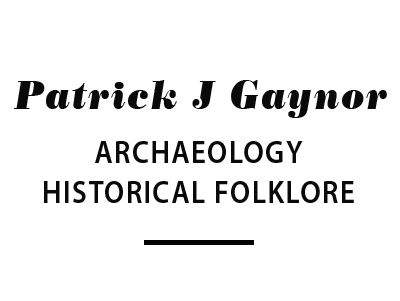Masters Thesis Extract
The Importance of Quartz in Stone Artefact Assemblages, 1996
Copy held in the Department of Archaeology and Palaeoanthropology University of New England Armidale NSW.
THESIS ABSTRACT
Many stone artefact assemblages in Australia and indeed around the world, contain large percentages of quartz artefacts. The problems archaeologists experience with quartz assemblages, begin initially with the recognition of quartz artefacts as genuine artefacts. Then the next problem is finding attributes that can be used for analysing whole assemblages regardless of the raw material present. The main attributes used in conventional methods of assessing artefact technology are seldom found in quartz. The problems associated with analysing quartz artefacts are generally well known to archaeologists.
These difficulties have been instrumental in leading many researchers in the past, to analyse only the fine grained artefacts in assemblages. Fine grained artefacts were made on flint, chert, jasper, mudstone, chalcedony or any other microcrystalline stone. Due to the infrequent analysis of quartz, the technology of quartz artefacts is poorly known in Australia and in many other parts of the world.
The problems associated with the analysis of quartz may be overcome by selecting a range of technological attributes that can be compared with other raw materials. Selected attributes are tested in this thesis in order to determine whether leaving out the quartz portion of an assemblage would result in missing important aspects of Aboriginal behaviour. In this manner, the relative importance of quartz in assemblages could be assessed.
This thesis analyses a stone assemblage with a large quartz component spanning 20,000 years from the Late Pleistocene to contact time from the Coonabarabran/Warrumbungle region of Northwestern NSW. Attributes applicable to quartz could be identified and linked to human behaviour, which was seen to vary over time. In addition, spatial variation in five stone assemblages from the study area, was analysed. Results from both analyses showed that there were some signs of human behaviour present in the quartz portion of the assemblages that were not present in the fine grained portion and vice versa.
The importance of quartz in the Coonabarabran/Warrumbungle region is documented and put into a wider Australian context. As the technology of quartz is currently poorly known in Australia and the world, these findings will help researchers to better understand the importance of quartz to prehistoric knappers.

